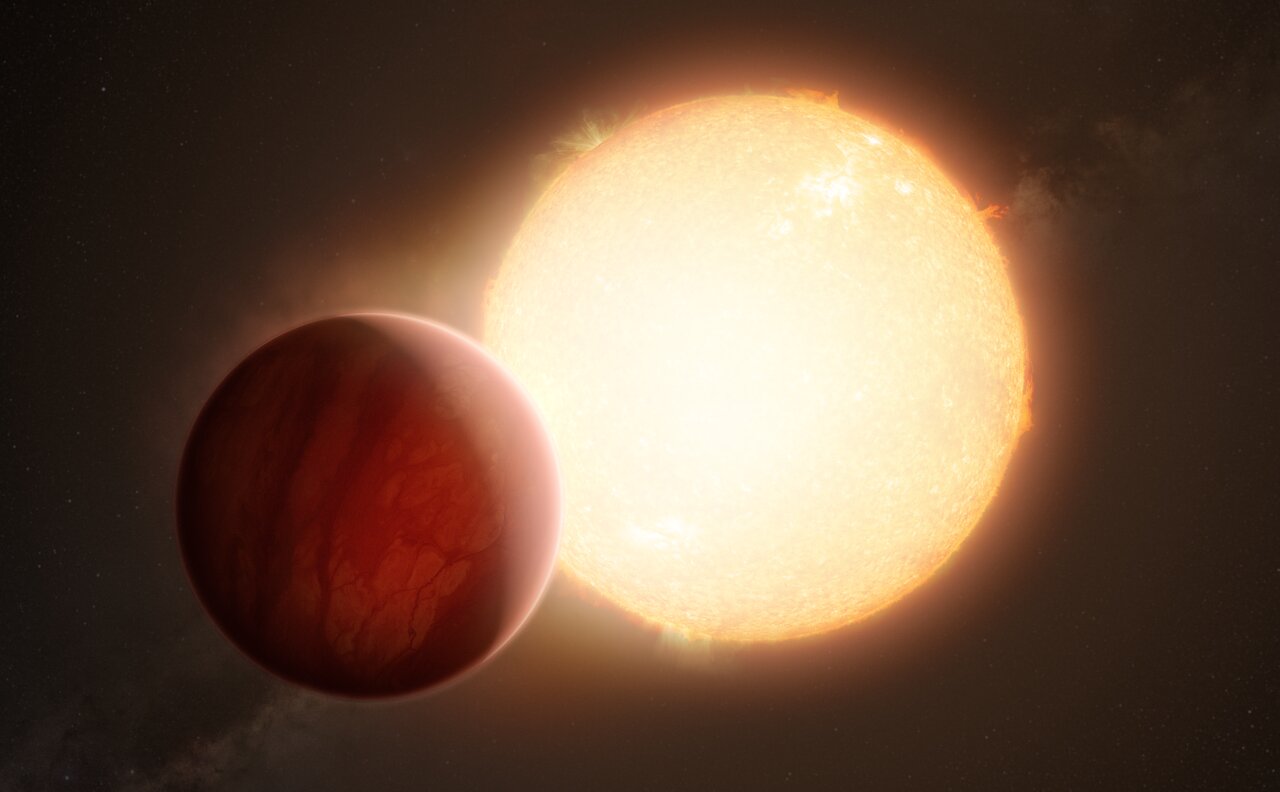Exoplanets have been discovered with a wide range of environmental conditions. WASP-76b is one of the most extreme with a dayside temperature of over 2,000 degrees. A team of researchers have found that it’s even more bizarre than first thought! It’s tidally locked to its host star so intense winds encircle the planet. They contain high quantities of iron atoms that stream from the lower to upper layers around the atmosphere.
Continue reading “Iron Winds are Blowing on WASP-76 b”Iron Winds are Blowing on WASP-76 b



